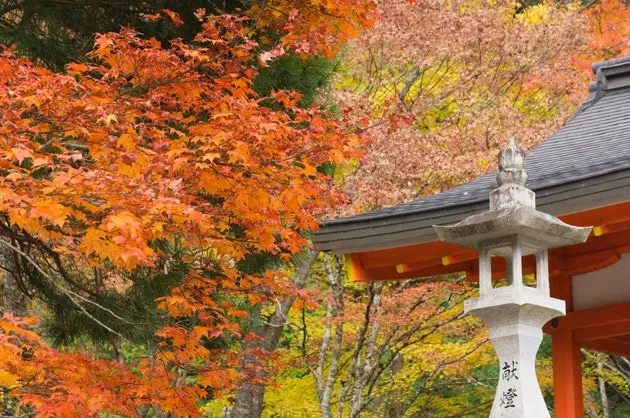
A night in the temple: spiritual tourism in Japan
After a weekend of excesses, it's time to recover. You had a terrible hangover in Osaka, but now you've decided rent a car or jump on a southbound train with the intention of going to visit the nearby Mount Koya (either Koya-san , as the Japanese call it, almost certainly to avoid easy rhyme). The objective: a spiritual retreat of unknown proportions.
Little by little you will see how the landscape changes from grayish to green, from the cement houses to the wooden ones, and the hubbub and the movement are transformed into silence and tranquility . You will see some cars, but you can do without them, since the sanctuary of the Mount Koya it is entirely walkable for anyone who is minimally fit. If you are tempted to think of taking a taxi or one of the public buses, refrain. You've come here to commune with nature, right?
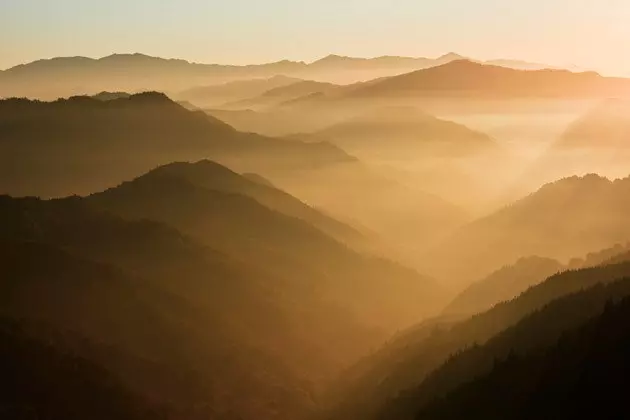
Mount Koya, the warrior's rest
That temple over there will be the one that gives you shelter for the next few days. In Koyasan, there are many monasteries that offer accommodation to visitors. In a peculiar way, of course. If you are one of those who want a five-star hotel with a water bed, steak to eat and a swimming pool, better choose another destination. But if you feel like trying something different, the temple will provide you with a good dose.
After traversing the bowels of the monastery, the sliding door opens and you are in your room : a tatami, some blankets, a balcony at the back with views of the inner pond and the surrounding mountains, and a closet with towels and kimonos ready to use whenever you want. Or almost. “You shouldn't wear it during lunch and dinner!” they warn you. And it is true that the desire to put it on at three is strong, but it is time to eat, so it is better to leave it for another time.
In one of the rooms enabled for diners they wait for you Japanese vegetarian delicacies : dried seaweed, sweet beans, rice with bean sprouts, vegetable tempura and boiled vegetables are some of the delicatessen that the experience reserves for you. All carefully presented in different types of bowl , among which the one that contains the star dish, a large and shiny piece of tofu, stands out. You'll be surprised at the skill you develop with chopsticks and how flexible you become eating and dining on more chairs than the tatami on the floor.
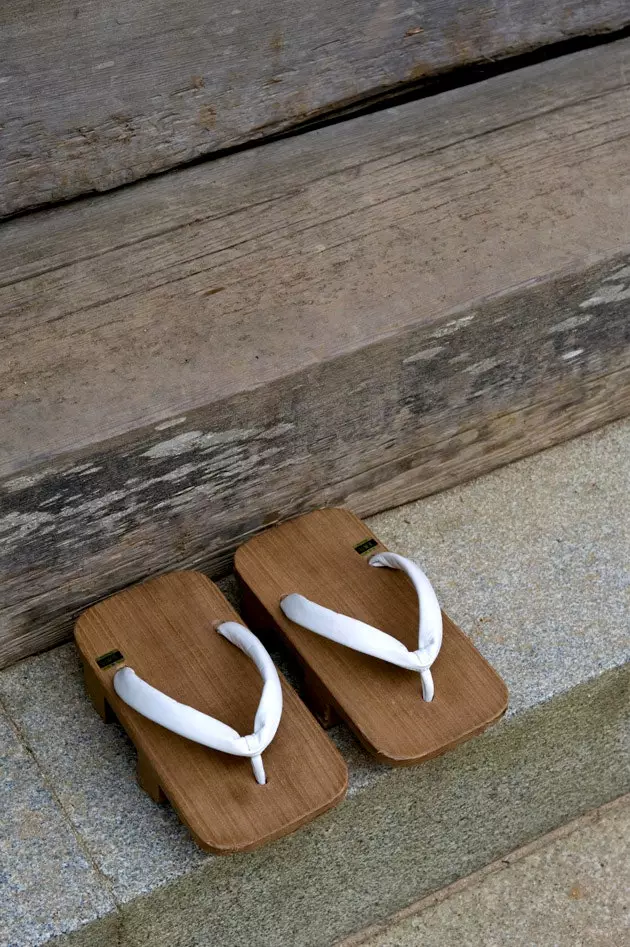
Typical clothing in Koyasan
The lunch position makes you want to stretch your legs, and in Koyasan you have options of all colors . you are in the center a current of esoteric Buddhism called “shingon”, a term that means “true word” and which in turn derives from the Sanskrit “mantra”. This Buddhist branch began between the VIII and IX through a monk named Kukai, who established his base there. The surrounding eight mountains would emulate the shape of the lotus. What does all this mean? That you have temples to visit until you drop exhausted. highlights Danjogaran , perhaps too restored, too shiny, but it gathers around it a series of smaller buildings with a lot of character: more sober, less showy, but they are nonetheless precious wooden shelters whose mere smell transports you to another century, with those carpets of moss on their pointed roofs...
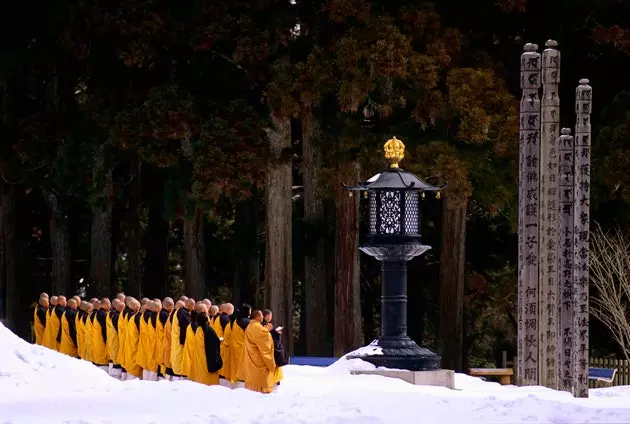
Danjogaran
Crossing the small town – a pause of modernity in the middle of an environment of nature and tradition – you reach the cemetery of Okunoin , probably the most interesting visit in the area. Stone sculptures and tombstones sprout from towering trees leading to the mausoleum of 'shingon' founder Kukai.
If the walk has been short for you and you have been left wanting more, there are routes through the mountain of different distances and durations. But by now you are presumably exhausted and prefer to leave it for the next day.
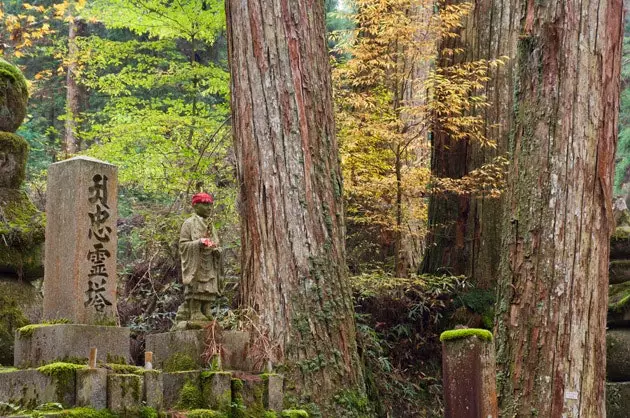
Okunoin Cemetery
At night, before going to bed, enjoy the bath. Perhaps you do not have in the room and you have to advance to the end of the corridor. Or go down some stairs and walk for a couple of minutes. But wait a kind of sauna, a large space in which you can take a comfortable shower and, just afterwards, once clean, immerse yourself in the adjoining wooden bathtub to which steaming water never stops arriving. You are in the mountains and it is night: it is cold outside. Come in, beat the initial heat and relax. He returns to the room refreshed, ready to sleep like a baby. Outside, only silence is heard.
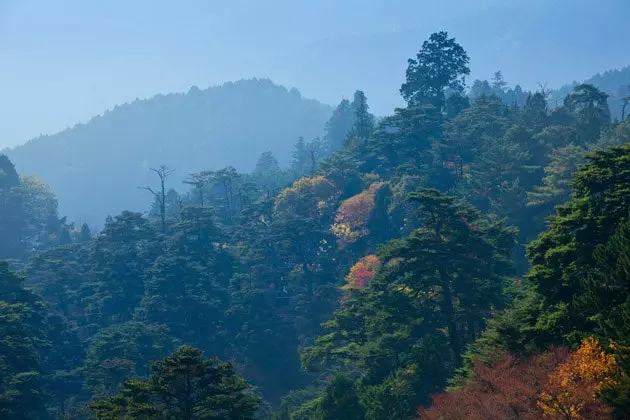
Koyasan, the forest of relaxation
Some rooster heralds the dawn. Wake up and, first of all, go through the monastery until you reach the area reserved for worship, where a ceremony is held in which a few monks (usually fewer in number than tourists) repeatedly recite a series of verses that end up forming a hypnotic melody... from which you will only wake up when you hear the final stroke of the gong.
*** You may also be interested in...**
- Hangover in Osaka: natural remedies to defeat the enemy
- Paths of the Kumano: The Other Way
- Stendhal nomad: photos that make you want to travel
- 30 traits that define the inveterate traveler
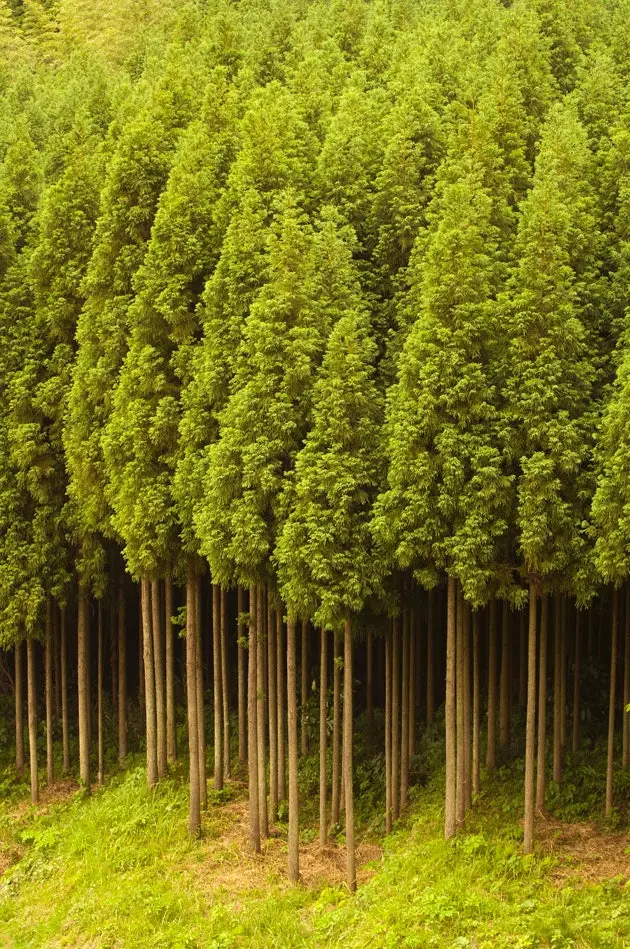
Cedars in Koyasan
